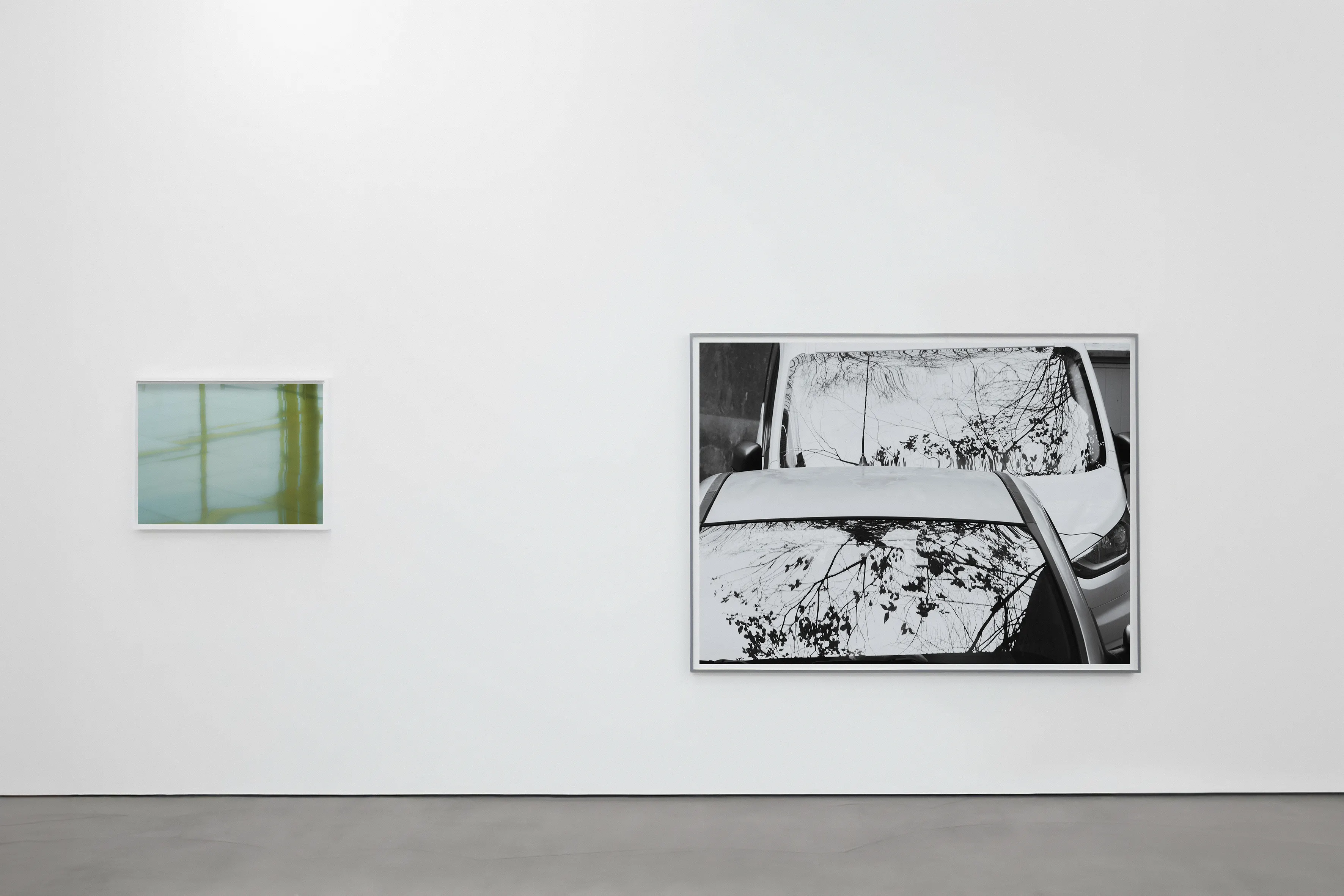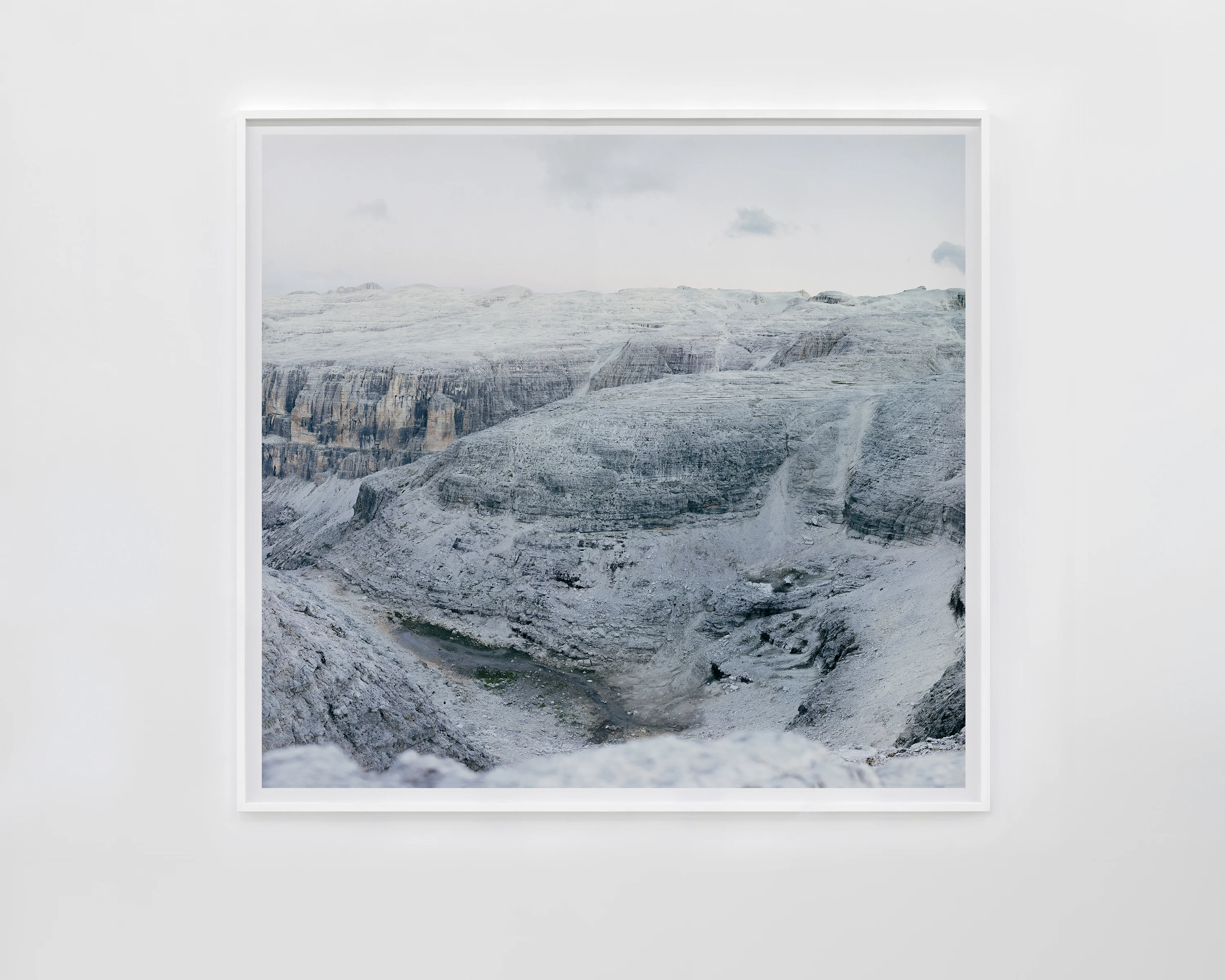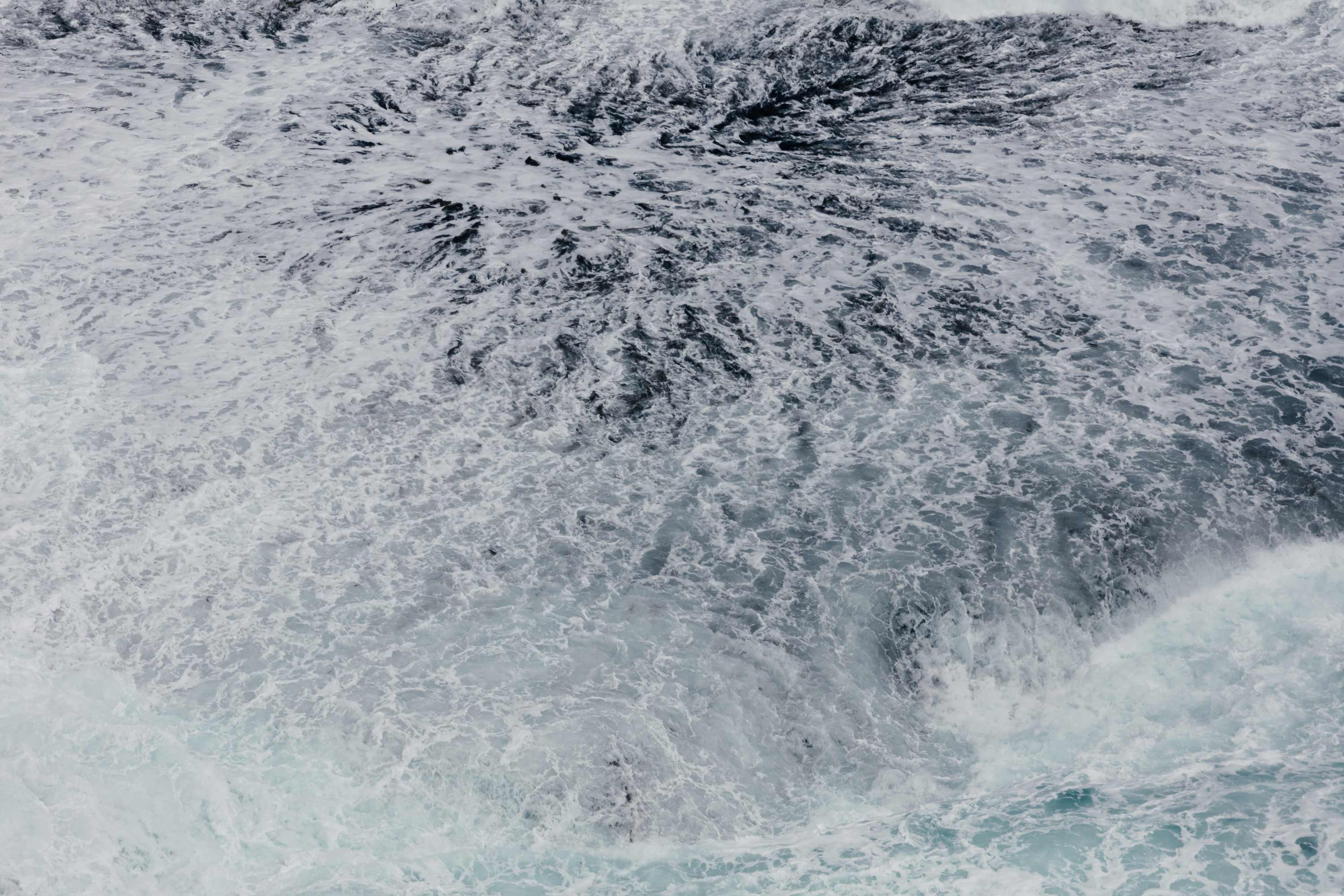On the Importance and
Insignificance of Colour

Color has long stood for two things at once: something totally indispensable and yet utterly irrelevant in more philosophical matters of visual perception. This duality speaks not only to the nature of our sensory apparatus but to the very nature of art itself.
At its most simple, color is light and matter at play with each other, a phenomenon possible only through the collision between the tangible and the intangible. In truth, it is just the ability of objects to absorb or reflect certain sets of wavelengths that gives birth to our recognition of color each time light falls on them. But this seemingly simple interaction is deceptively complex—it deals with the scientific and emotional aspects, measurable and unmeasurable.
In "Tailwind," color narrates from the foreground to the background. At times, it comes forward such that it is at the very front, and its loudness, very commanding—it sets the mood or even tone of the picture. Muted tones; bursts of vivid hues—all will find their place in this series. Ways to do it are obvious and subtle. And then there are times when the color steps back and makes place for form, texture, and composition alone to speak, thereby challenging the viewer to consider more than the superficial layers of chromatic perception.
This tension between color's importance and insignificance invites a deeper contemplation of its role in art. Think about the works of Franz Gertsch and Clyfford Still, two artists who approached color from very different perspectives.
Gertsch, through his meticulous photorealism, captures the subtleties and richness of color in a way that it evokes a hyperrealistic experience, whereas Still uses strong, expressive color fields as a means to convey raw emotion, to bypass the intellect and speak directly to the soul. And yet, in each case, color plays a both pivotal and tangential role—a paradox that speaks to the larger conversation about the role of perception in our understanding of art. In this sense, "Tailwind" adds not only a note to the ongoing discussion about the importance of color in contemporary photography but instigates us to rethink its place in the canon of visual arts. Is it color that attracts in it, or is it the lack of color that keeps our gaze inside? At the very end, perhaps the true significance of color lies in its ability to be both important and insignificant at the same time—a dynamic force that is as much about what it conceals as what it reveals.
On the Importance and Insignificance of Colour

Color has long stood for two things at once: something totally indispensable and yet utterly irrelevant in more philosophical matters of visual perception. This duality speaks not only to the nature of our sensory apparatus but to the very nature of art itself.
At its most simple, color is light and matter at play with each other, a phenomenon possible only through the collision between the tangible and the intangible. In truth, it is just the ability of objects to absorb or reflect certain sets of wavelengths that gives birth to our recognition of color each time light falls on them. But this seemingly simple interaction is deceptively complex—it deals with the scientific and emotional aspects, measurable and unmeasurable.
In "Tailwind," color narrates from the foreground to the background. At times, it comes forward such that it is at the very front, and its loudness, very commanding—it sets the mood or even tone of the picture. Muted tones; bursts of vivid hues—all will find their place in this series. Ways to do it are obvious and subtle. And then there are times when the color steps back and makes place for form, texture, and composition alone to speak, thereby challenging the viewer to consider more than the superficial layers of chromatic perception.
This tension between color's importance and insignificance invites a deeper contemplation of its role in art. Think about the works of Franz Gertsch and Clyfford Still, two artists who approached color from very different perspectives.
Gertsch, through his meticulous photorealism, captures the subtleties and richness of color in a way that it evokes a hyperrealistic experience, whereas Still uses strong, expressive color fields as a means to convey raw emotion, to bypass the intellect and speak directly to the soul. And yet, in each case, color plays a both pivotal and tangential role—a paradox that speaks to the larger conversation about the role of perception in our understanding of art. In this sense, "Tailwind" adds not only a note to the ongoing discussion about the importance of color in contemporary photography but instigates us to rethink its place in the canon of visual arts. Is it color that attracts in it, or is it the lack of color that keeps our gaze inside? At the very end, perhaps the true significance of color lies in its ability to be both important and insignificant at the same time—a dynamic force that is as much about what it conceals as what it reveals.


